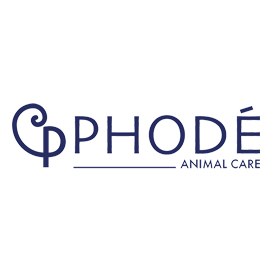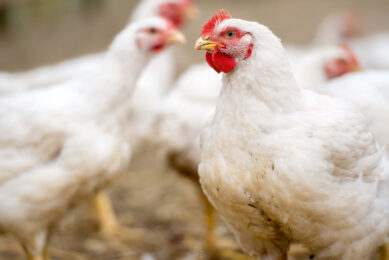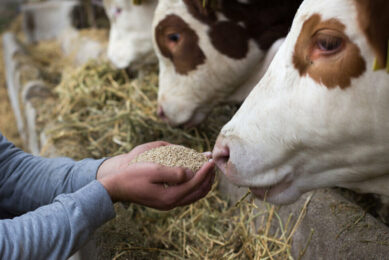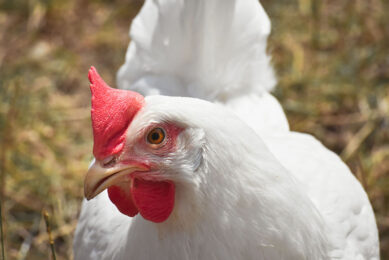A sustainable dairy diet is only a few grams away
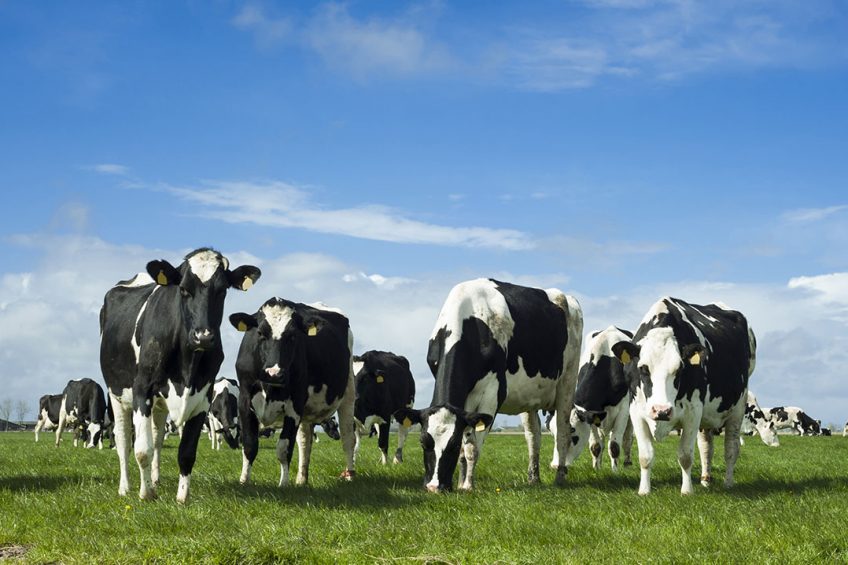
To be more sustainable and save on feed costs, we can do with a little less dietary protein in the cow’s ration. But how to do this effectively? A natural supplement has been confirmed to be an excellent tool to reduce nitrogen excretion and boost production parameters.
The dairy sector is strongly committed to producing healthy and safe dairy products. At the same time, farmers are aware that methane (a strong greenhouse gas) and nitrogen (N, deposited as ammonia in the environment), released during milk production have to be further reduced. Not only to make their farm future-proof and more sustainable, but also to make their business socially and consumer accepted. Great efforts have been done already.
Dairy sector in the Netherlands
Yet, the dairy sector is often pushed around in the sustainability discussion, as seen in the Netherlands in 2019-2020. Thousands of construction projects have been halted in this country since the high-court ruled that not enough is being done to combat nitrogen-based pollution, particularly in the form of nitrous oxide and ammonia. Dairy cows were suddenly at the centre of this nitrogen dossier, when the Dutch government had the luminous idea of reducing protein levels in cow rations for a period of 4 months as one way of reducinge ammonia deposition. Farmers were furious and started organised protests across the country. Veterinarians stood up and addressed that changing diets for only a few months is stressful for both farmers and animals and is simply irresponsible. Soon after, the Dutch minister of agriculture abandoned the unpopular and compulsory “feed protein reduction rule” and tried to find solutions in other things such as promotion of cleaner trucks and machinery.
Protein: Why cows need it
The example from the Netherlands not only shows the discussion around the environment and livestock’s contribution, it also clearly shows that you cannot change protein levels that easily. This is because amino acids, the building blocks of protein, are required by the dairy cow for many important metabolic functions e.g. growth, lactation, and reproduction. Protein is also a tool for the farmer and nutritionist to optimise rations for different production stages. Cows in late pregnancy for example need more protein to prevent health issues around calving and during the start-up phase. Growing animals need more protein for muscle growth. At the same time, the Dutch idea to reduce protein levels did not appear from nowhere. We do know that reduced protein levels in the diet has a range of environmental benefits. Less protein means reduced N input, improved N utilisation efficiency, and reduced N losses from manure and urine. Moreover, reducing dietary protein supplements in the cow’s ration reduces feed (protein) costs and can increase profitability of the farm. So, reducing protein levels in the diet can be interesting and beneficial for a variety of reasons. The key is to do this properly and not only as a temporary solution, as suggested in the former Dutch ‘ammonia reduction plan’.
Naturally optimising rumen function
An effective way of reducing protein levels in the diet is boosting the production of protein from rumen microbes. Rumen microbial protein contributes about 50-75% of the cow’s total protein supply and is considered to be the highest quality protein available to the cow because of its amino acid profile. The remaining protein comes from dietary protein and endogenous protein, coming from cell renewal in the digestive tract. Optimising the rumen environment to let rumen microbes thrive is therefore the cheapest and most efficient way to boost microbial protein synthesis and increase the amount of metabolisable protein available in the small intestine. Phodé, producer of sensory and functional additives for animals, has developed a specific blend of essential oils and spices to optimise protein utilisation in dairy cows. This innovative solution (Oleobiotec Ruminant, hereafter called essential oils (EO)) modulates the activity of the ruminal microbiota and improves the (dietary) protein utilisation and synthesis. An increased protein utilisation is better for the cow and the environment, because it means more microbial protein reaches the duodenum to be used for milk production and less protein wasted.
Less ammonia, more protein and milk
Only a few grams of EO are needed to see a variety of positive effects in dairy cows. Studies showed that adding EO to the dairy cow diet reduces the amount of ammonia with 16% (from 177.7 ppm to 148.5 ppm). More trials showed that EO is able to increase the bacterial protein synthesis (g N/kg OM) with 25% and hence duodenal microbial protein (N) flow (g/day) with 19% (Table 1).
A more recent trial in the US looked at the efficacy of EO in low protein diets (low inclusion of soybean meal (SBM) to reduce nitrogen excretion in the urine and manure. EO was mixed with one third of the low protein ration and top dressed (2 grams per cow per day)) and compared to a control diet with higher crude protein level (higher SBM inclusion). The results on N excretion, feed efficiency and milk production are in favour of EO (Table 2).
Couple of grams of essential oils
On many farms, there is an opportunity to lower dietary crude protein with minimal risk of lowering milk production. With a healthy rumen and active microbial protein production, a reduction in dietary protein with 1-2 points can be done. This is not only a financially attractive option, it also reduces N excretion and associated environmental issues. As shown in different trials, adding a few grams of a powerful blend of essential oils and spices in the cow’s diet is able to do this effectively. A couple of grams can make all the difference.


